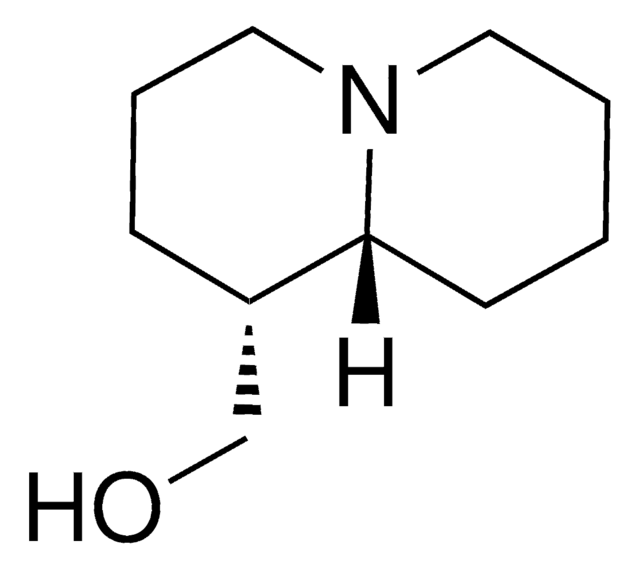All Photos(1)
About This Item
Linear Formula:
CH3COO(CH2)3CH3
CAS Number:
Molecular Weight:
116.16
Beilstein:
1741921
MDL number:
UNSPSC Code:
12352106
PubChem Substance ID:
Recommended Products
vapor density
4 (vs air)
vapor pressure
15 mmHg ( 25 °C)
8 mmHg ( 20 °C)
autoignition temp.
790 °F
expl. lim.
7.6 %
packaging
ampule of 100 mg
refractive index
n20/D 1.394 (lit.)
bp
124-126 °C (lit.)
mp
−78 °C (lit.)
density
0.88 g/mL at 25 °C (lit.)
SMILES string
CCCCOC(C)=O
InChI
1S/C6H12O2/c1-3-4-5-8-6(2)7/h3-5H2,1-2H3
InChI key
DKPFZGUDAPQIHT-UHFFFAOYSA-N
Looking for similar products? Visit Product Comparison Guide
Choose from one of the most recent versions:
Already Own This Product?
Find documentation for the products that you have recently purchased in the Document Library.
Subhash Bhatia et al.
Journal of hazardous materials, 164(2-3), 1110-1117 (2008-11-04)
The low concentration and high flow rate of air-borne butyl acetate (BA) could be effectively removed using combined adsorption-catalytic oxidation system. Ag-Y (Si/Al=80) dual-function adsorbent was investigated for the adsorption step of 1000 ppm of butyl acetate at gas hourly
Katrin Margulis-Goshen et al.
International journal of pharmaceutics, 393(1-2), 230-237 (2010-04-21)
A new composition of a fully water-dilutable microemulsion system stabilized by natural surfactants is presented as a template for preparation of celecoxib nanoparticles. Nanoparticles are obtained as a dry powder upon rapid conversion of microemulsion droplets with dissolved celecoxib into
Cheng Teng Wong et al.
Journal of hazardous materials, 157(2-3), 480-489 (2008-02-26)
The performance of silver-loaded zeolite (HY and HZSM-5) catalysts in the oxidation of butyl acetate as a model volatile organic compound (VOC) was studied. The objective was to find a catalyst with superior activity, selectivity towards deep oxidation product and
Hala Fam et al.
Bioprocess and biosystems engineering, 35(8), 1367-1374 (2012-03-29)
The mass transfer of phenol and butyl acetate to/from water was studied in two-phase partitioning bioreactors using immiscible organic solvents and solid polymer beads as the partitioning phases in a 5-L stirred tank bioreactor. Virtually instantaneous mass transfer was observed
Sami H Ali et al.
Bioresource technology, 102(21), 10094-10103 (2011-09-13)
Butyl acetate holds great potential as a sustainable biofuel additive. Heterogeneously catalyzed transesterification of biobutanol and bioethylacetate can produce butyl acetate. This route is eco-friendly and offers several advantages over the commonly used Fischer Esterification. The Amberlite IR 120- and
Our team of scientists has experience in all areas of research including Life Science, Material Science, Chemical Synthesis, Chromatography, Analytical and many others.
Contact Technical Service







